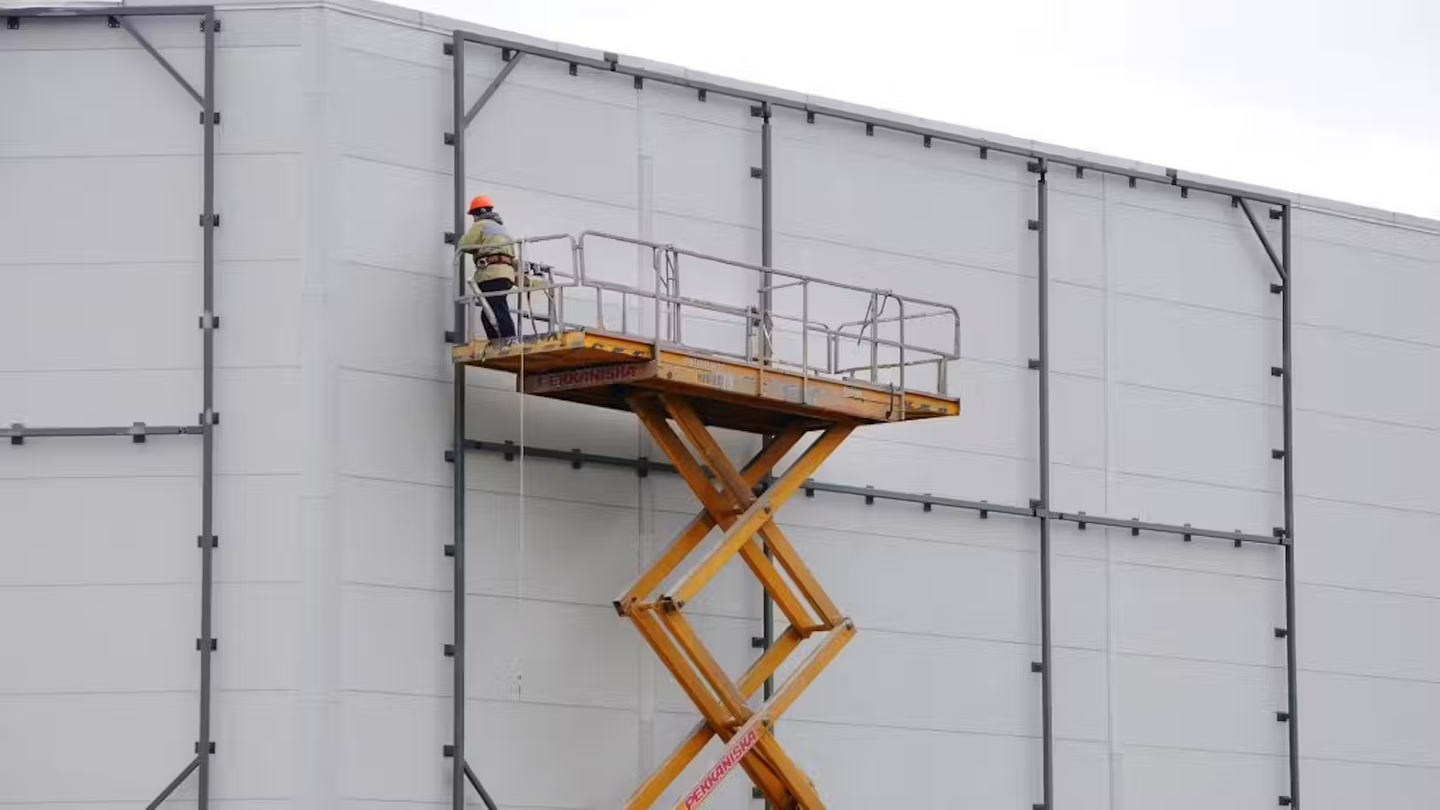Safety in adverse weather
Working at height is one of the biggest health and safety concerns on a construction site due to the number of work accidents caused. It's important to make sure necessary precautions are being taken when working at height, especially when the weather is poor.
In this blog, we will discuss how to stay safe whilst working at height in adverse weather conditions.
Working at height training
Training is essential for working at height to ensure workers know which risks to look out for and how to stay safe. Site workers should also know what safety equipment they need, how to correctly use it and how to spot hazards on surfaces due to the weather all before they begin working at a height. By having the correct training and knowing what to do when the weather changes means workers can avoid hazards and adjust how they work to stay safe.
By not having the correct training or not performing a risk assessment, workers put themselves in danger of injuring themselves or worse, death, with the HSE reporting 50 deaths in 2023/24 due to falling from a height.
Poor weather conditions when working at a height
Wind
Working at height exposes workers to stronger winds which might make them lose their footing and may also put them and their equipment in the firing line of flying objects. It is important to thoroughly check equipment before use to ensure it is safe to use and has low risk of being damaged by the wind. If the wind is severe, work should be suspended. Those with proper training will have the confidence to know when to suspend work for safety reasons.
When using scaffold towers, they should be tied to a suitable adjacent rigid support structure if winds reach 25mph. All HSS scaffold towers have guard rails for fall protection. All mobile elevated work platforms (MEWPs) designed for outdoor use can operate in wind speeds up to a maximum of 28mph.
Winter conditions
In winter, there may be more hazards than usual, especially when the ice and snow hits. Snow and ice can also damage equipment, so it is important before carrying out work that all equipment is checked to make sure it is in full working order. Make sure walkways and ladders are clear of snow before performing work and that ice or snow is not preventing use of equipment. If you need to, throw some grit salt down on walkways to prevent any slips or falls.
Thunder and lightning
Lightning is a big hazard for those working at height as they are most likely be at risk of being struck. Workers should always keep an eye on the weather to check if thunder and lightning is a possibility in the area. If it is, work should be suspended as quickly as possible.
Staying safe in bad weather whilst working at a height
Keeping an eye on the weather when working from a height is really important to keep you and other workers safe.
Having the necessary training will make everyone can spot any hazards and how to protect themselves in adverse weather. If you need specific training, make sure to speak to your employer who can arrange this for you.






















































